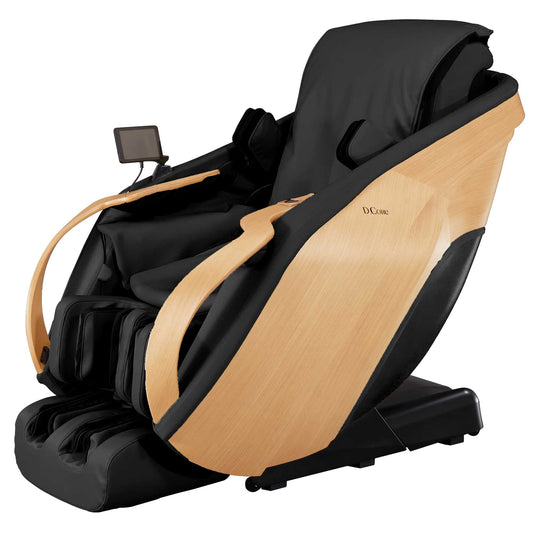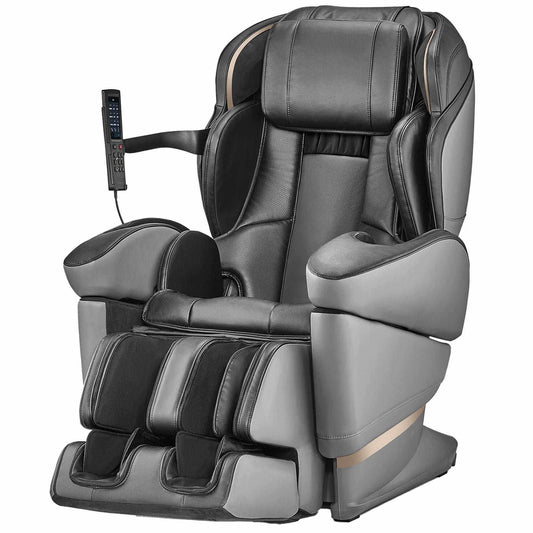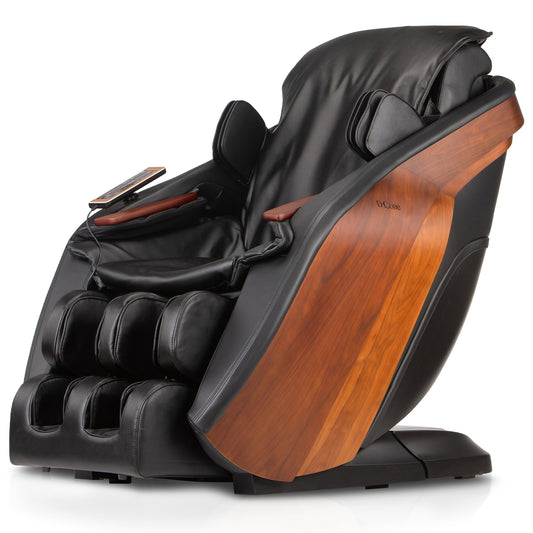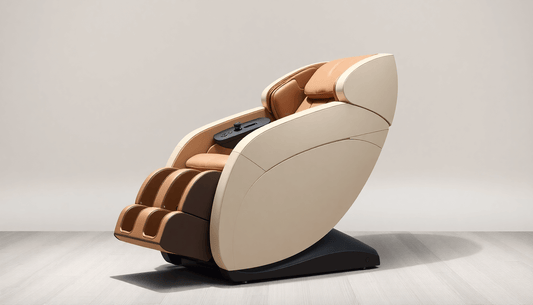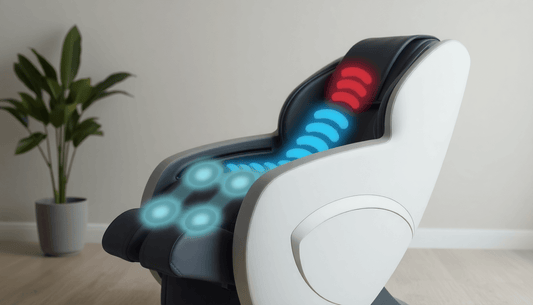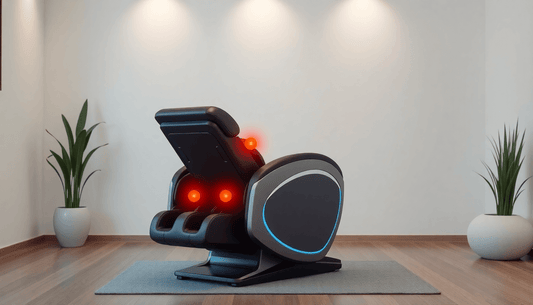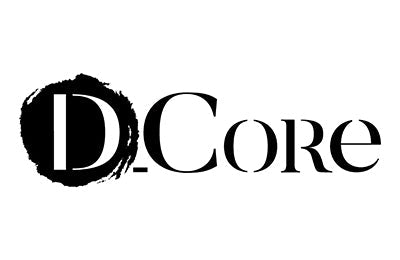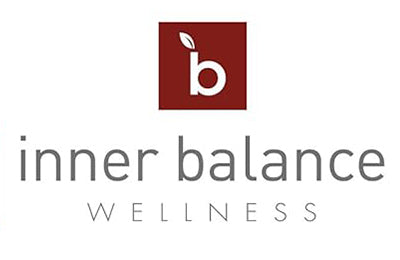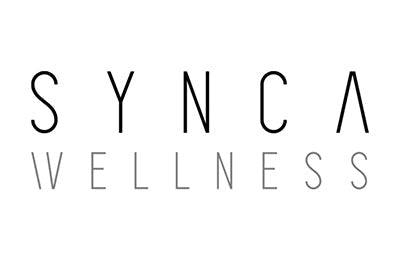
How to Feel Refreshed: Massage Chair Daily Benefits
Introduction to Fujiiryoki Massage Chair Usage
Fujiiryoki massage chairs are designed to deliver exceptional therapeutic benefits, combining advanced technology with user-friendly features. To ensure proper usage, users should familiarize themselves with the chair's functionalities and settings. These massage chairs typically feature pre-programmed modes catering to various needs, such as muscle relaxation, improved blood circulation, and stress relief.
Understanding the remote control interface is crucial for seamless operation, as it allows adjustment of intensity, massage type, and duration. Regular maintenance, including cleaning and checking the chair for wear, ensures longevity. Users should sit in a relaxed posture to maximize benefits. Consistent use can help enhance overall wellness.
Understanding the Benefits of Regular Massage Chair Use
Regular use of a massage chair offers numerous physical and mental health benefits. It helps alleviate muscle tension and pain by promoting blood flow and reducing inflammation. Improved circulation enhances oxygen delivery to tissues, accelerating recovery after physical exertion. Massage chairs can also lower stress and anxiety levels by encouraging the release of endorphins, providing relaxation for both body and mind.
Other advantages include:
- Improved posture: By targeting areas of tension, massage chairs can help align the spine.
- Reduced headache frequency: Tension relief in neck and shoulders combats stress-related headaches.
- Enhanced flexibility: Regular use loosens tight muscles, increasing range of motion.
This consistent self-care fosters long-term wellness.
How Massage Chairs Compare to Professional Therapies
Massage chairs offer convenience and accessibility, providing customizable settings to target specific areas of the body. While they replicate techniques such as kneading or rolling, professional massage therapies leverage human touch, adapting pressure and methods to individual needs.
Key Considerations:
- Consistency: Massage chairs ensure consistent pressure, whereas professionals adjust dynamically based on muscular tension.
- Range of Techniques: Therapists incorporate unique methods like myofascial release, which most chairs cannot replicate.
- Intuition and Feedback: Human therapists can respond to verbal and non-verbal cues, enhancing personalized care.
Massage chairs excel in convenience and long-term cost-effectiveness but are limited in versatility compared to skilled therapists.
Factors That Determine Usage Frequency for Fujiiryoki Massage Chairs
Several variables influence how often a Fujiiryoki massage chair should be used to maximize its benefits while avoiding overuse.
- Health Condition: For individuals with chronic conditions like arthritis or poor circulation, consulting a healthcare provider can determine the optimal frequency.
- Chair Features: Advanced features such as customizable intensity settings may affect how often the chair can be safely used.
- Purpose of Use: Whether for relaxation, pain relief, or athletic recovery, the intended purpose dictates suitable usage patterns.
- User Tolerance: Personal comfort levels with massage strength and duration play a crucial role in determining usage frequency.
- Time Availability: Daily schedules and lifestyle habits may naturally limit or enhance usage opportunities, impacting frequency.
Recommended Guidelines for Daily Usage
Regular utilization of a massage chair can offer numerous health benefits and relaxation, provided it is used responsibly.
- Session Duration: Users should limit each session to 15–30 minutes to avoid overstimulation of muscles and tissues.
- Frequency: It is generally recommended to use the chair 3–4 times per week for optimal benefits; daily use is permissible if sessions are kept brief.
- User Needs: Adjustments should reflect individual health conditions. Those addressing chronic issues may require more frequent use, under medical guidance.
- Heat Functions: Limit heat settings to 20 minutes, as excessive thermal exposure can strain muscles.
- Rest Period: Allow breaks between sessions to ensure relaxation and prevent muscle fatigue.
Adhering to these guidelines promotes safe and effective use for physical and mental well-being.
Can You Use a Massage Chair Too Much? Risks and Considerations
Using a massage chair excessively may lead to certain issues that users should be mindful of to prevent discomfort or potential harm. While massage chairs offer relaxation and therapeutic benefits, overuse can strain muscles or cause over-stimulation of nerve endings. For individuals with medical conditions such as osteoporosis or circulatory issues, excessive use might exacerbate symptoms.
Key Risks to Consider:
- Muscle soreness: Prolonged sessions can lead to minor aches, particularly in sensitive areas.
- Skin irritation: Frequent contact with massage rollers may cause mild irritation or redness.
- Circulation concerns: Extended compression effects might impact blood flow in some users.
Consulting a healthcare provider ensures safe usage patterns tailored to individual needs.
Special Scenarios: Adjusting Usage Based on Individual Health Conditions
Individuals with specific health conditions may need to modify their massage chair usage. Consulting a healthcare professional is vital for guidance tailored to unique needs.
- Chronic Pain: Those dealing with conditions like fibromyalgia or arthritis might require shorter sessions with gentler intensity to avoid discomfort.
- Pregnancy: Expectant mothers, especially during the first trimester, must use specially designed massage chairs and avoid pressure on sensitive areas.
- Circulatory Issues: Varicose veins or blood clot risks necessitate caution to prevent exacerbation.
- Recent Surgeries: Post-surgical recovery demands avoiding massage therapy until approved by a doctor.
These adjustments ensure safety while promoting health benefits.
Duration of Each Session: Finding the Right Balance
When using a massage chair, the duration of each session is a critical factor in achieving optimal benefits without overstimulation. Sessions typically range from 15 to 30 minutes, depending on individual needs and preferences. Longer sessions may risk muscle fatigue or overstimulation, especially if used frequently.
To determine the right duration, individuals should consider their physical condition, the intensity of the massage, and professional recommendations. Many experts suggest starting with shorter sessions, then gradually increasing duration as comfort levels improve.
Using a timer feature on the massage chair can help maintain consistent session lengths, fostering balanced usage over time.
Maintenance Practices to Keep Your Massage Chair Effective
Proper maintenance ensures the longevity and performance of a massage chair. Start by following the manufacturer’s care and cleaning instructions. Wipe surfaces with a soft, damp cloth to remove dirt and sweat. Avoid harsh cleaning agents that could damage upholstery.
Place the chair in a stable, dry area away from direct sunlight or moisture to prevent wear or electrical issues. Regularly inspect the moving parts for debris and clean them as necessary. Tighten any loose screws and bolts to maintain structural integrity.
Charge or replace batteries (if applicable) and update software in advanced models. Perform an annual professional servicing if recommended.
Listening to Your Body: Signs You May Need to Adjust Usage
Overusing a massage chair can sometimes lead to discomfort or negative effects. Recognizing signs from the body is crucial to maintaining optimal usage. Indicators that one may need to adjust include:
- Lingering soreness or discomfort: If muscles feel sore or tender long after using the chair, it may signal overuse or high-pressure settings.
- Bruising or skin irritation: Visible marks or redness might indicate the need for reduced intensity or session duration.
- Worsening pain: Increased discomfort in areas being massaged could suggest improper targeting of pressure points.
- Fatigue or dizziness: Feeling overly tired or lightheaded post-treatment may mean sessions are too long or too frequent.
Paying attention to these cues helps users tailor their massage routine safely.
Tips for Maximizing the Benefits of Your Fujiiryoki Massage Chair
- Set a Regular Schedule: Establishing consistent usage, such as 10–15-minute sessions, 3–4 times a week, can help maintain muscle relaxation and overall well-being.
- Utilize Pre-Programs: Explore the chair's automated settings tailored for stress relief, pain management, or energy boosting, ensuring a targeted massage experience.
- Adjust Settings for Comfort: Modify intensity and roller speed based on personal needs to avoid discomfort or overstimulation during use.
- Incorporate Before or After Workouts: Use the chair for warm-up to enhance flexibility or post-exercise to reduce muscle soreness.
- Keep the Chair Clean: Regularly clean the upholstery and maintain the device for optimal performance and hygiene.
- Experiment with Features: Explore advanced features like zero gravity or infrared heat to unlock full relaxation benefits.
Combining Massage Chair Use with Other Wellness Practices
Integrating massage chair sessions with complementary wellness practices can enhance overall health outcomes. Regular exercise, such as yoga or stretching, supports muscle flexibility and improves circulation, creating synergy with the relaxation offered by massage chairs. Hydration plays a vital role in flushing out toxins released during massages, optimizing their benefits.
Mindfulness practices like meditation or deep breathing can amplify relaxation, aligning well with the stress-reducing effects of massage therapy. Opting for nutritious meals that combat inflammation contributes to muscle recovery while boosting energy levels. Establishing a consistent self-care routine ensures users gain long-term physical and emotional relief from combined approaches.
Insights from Experts on Massage Chair Frequencies
Experts recommend using a massage chair based on individual needs and physical conditions. For general relaxation, daily sessions of 15–20 minutes are often sufficient to alleviate stress and promote well-being. For individuals addressing chronic pain or muscle tension, using the chair 2–3 times a week may offer targeted relief without overstimulation.
Factors Influencing Usage Frequency:
- Age and Physical Health: Older adults or those with chronic conditions may require gentler sessions less often.
- Lifestyle Habits: Those with sedentary routines or physically demanding jobs may benefit from frequent use.
- Massage Chair Intensity: Chairs with higher intensity should be used less frequently to avoid muscle strain.
Consulting with professionals ensures optimal benefits tailored to one's unique circumstances.
Addressing Common Concerns About Overuse or Underuse
Overuse of a massage chair can lead to potential discomfort, especially if sessions are excessively long or too frequent. Extended use may cause muscle soreness or skin irritation, particularly for individuals new to massage chairs. Moderation is key to reaping the benefits without adverse effects. On the other hand, underuse may limit the therapeutic advantages designed to support stress relief, improved circulation, and relaxation. Sporadic sessions may not offer consistent results and could reduce long-term wellness benefits.
Experts recommend session durations between 15 to 30 minutes, a few times per week, depending on individual needs. Listening to your body helps determine the right balance.
Final Thoughts: Creating a Massage Chair Routine That Works for You
Developing a personalized massage chair routine involves identifying specific needs and preferences. Users should evaluate factors like daily stress levels, physical activity, and chronic pain points. Scheduling consistent sessions can promote relaxation while avoiding overuse, which may lead to discomfort.
Tailoring the session length is equally essential; shorter durations may suffice for casual relaxation, while longer sessions might benefit those recovering from intense activity. Experimentation with massage modes, intensities, and targeted areas helps users uncover optimal settings. Integrating relaxation techniques like deep breathing further enhances the experience.
Ultimately, adapting the routine to an individual’s lifestyle maximizes both comfort and wellness benefits.
